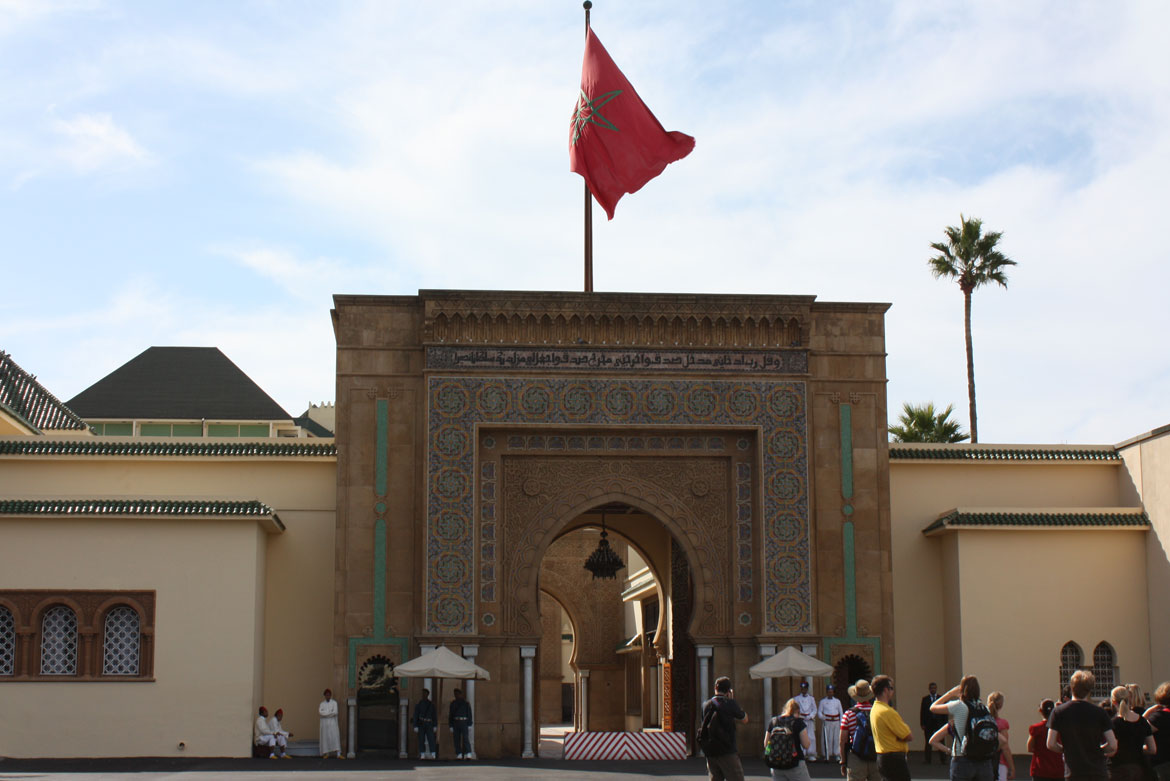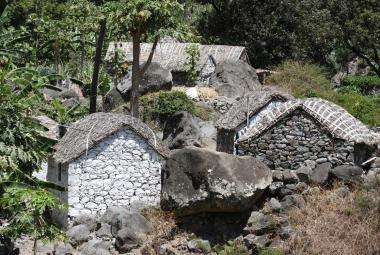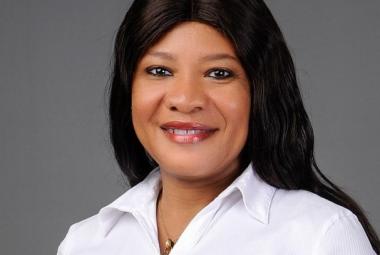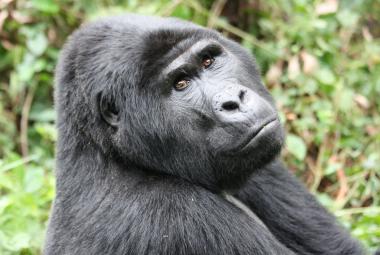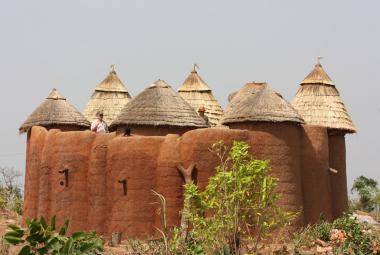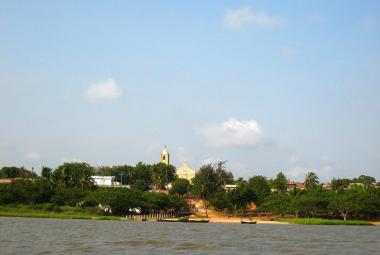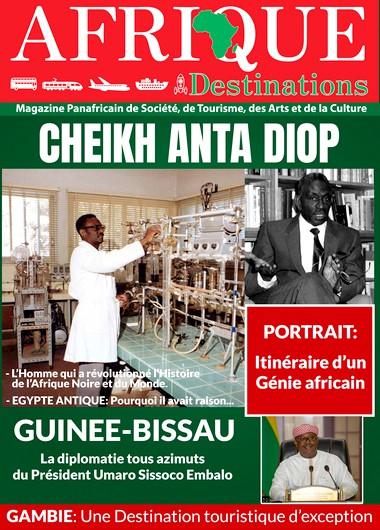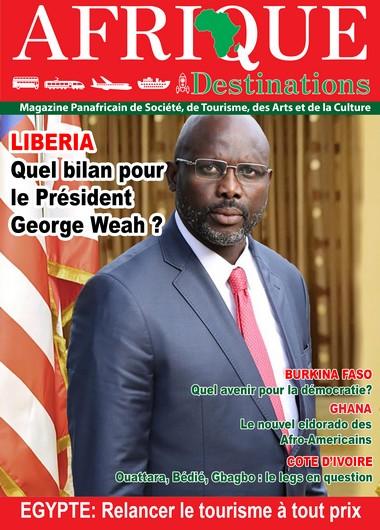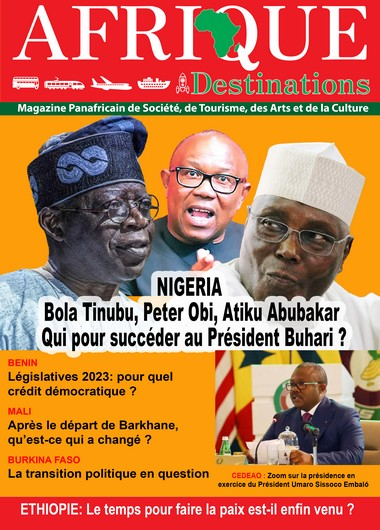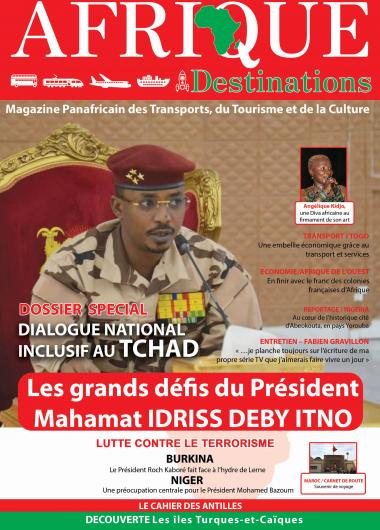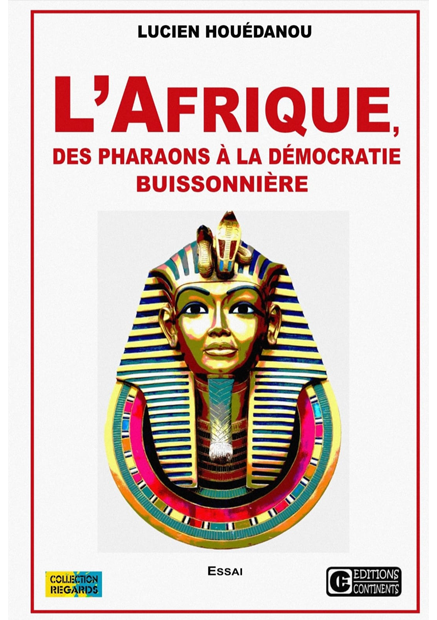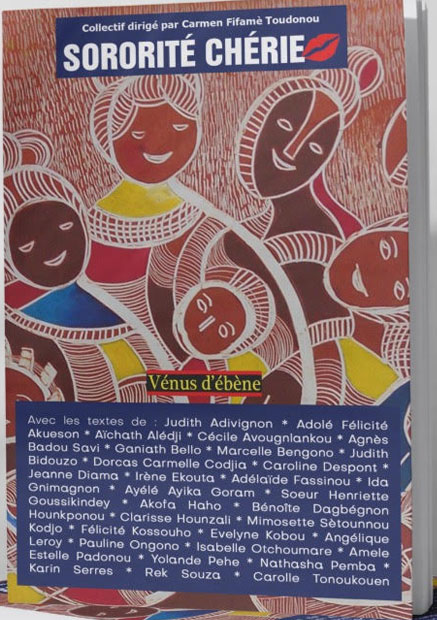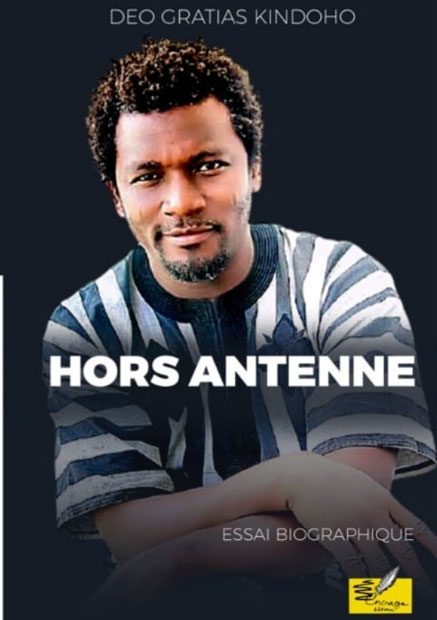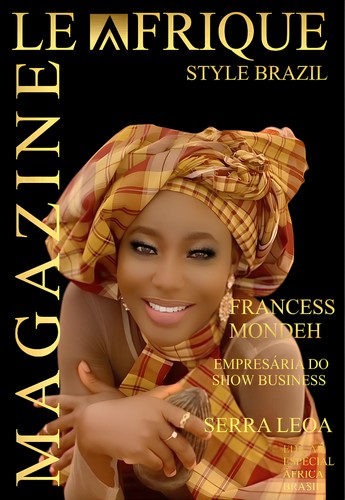Even though the Areva hostages had just been kidnapped in Niger, I decided with my companions Thérèse Oudot and Alexandre Camp not to give up on the long-planned road trip from France to Benin Republic via the Morocco, Western Sahara, Mauritania, Mali and Burkina. A great adventure full of surprises and discoveries. It is Alexandre Camp – owner of the Camp Plumbing-Heating Company, a great car and motorcycle enthusiast in front of the eternal – who must drive our 4 X 4 to Cotonou via Spain (Barcelona), the Morocco (Tangier, Moulay-Bouslham, Rabat, El Jedida, Tiznit, Dakhla), Mauritania (Nouakchott, Kiffa, Ayoûn el Atroûs), Mali (Nioro du Sahel, Bamako, Sikasso), Burkina Faso (Bobo-Dioulasso, Ouagadougou, Fada N'Gourma) and Benin Republic (Porga, Tanguiéta, Hotel Bourgogne Natitingou, Cotonou).
October 1st. “Two Frenchmen and a Beninese for a road trip to Benin, a good team,” says the policeman who checks our passports when leaving the port of Tangier, before wishing us a good trip.
On the road, I immerse myself in my memories. Tangier, Rabat, Casablanca, these are names that have been familiar to me for a long time. Many veterans from my village have been there and when they found themselves in two or more, they did not hesitate to tell us about their trip to these Moroccan cities. Since then, Tangier like Morocco has changed a lot. The buildings that sprout from the ground like champions by the sea and the roads are symptomatic of the real estate boom of recent years in the country of Mohamed VI.
Difficult to leave from Tangier to Moulay-Bouslham without stopping from time to time in front of the beautiful succession of pottery that we see. With a decoration where the shimmering colors leave no embarrassment as for the choice. And as you can imagine, in the whole range of products on display, the famous "tajine" or "tagine" (typical Moroccan glazed earthenware container with a conical lid) in which a dish is prepared consisting of pieces of meat or of fish stewed with vegetables and various spices, is ubiquitous.
Almost everywhere, on these lands, one can affirm without great risk of being mistaken that Morocco has resolutely embarked on its agricultural development. Unlike almost all the countries of sub-Saharan Africa that I know. A big step forward on the way to development.
The village of Moulay-Bouslham, with its new beach where huge waves wash up, is a good place to surf. The presence of many Europeans who own villas by the sea does not go unnoticed.
“If you see a caretaker in front of a villa here, in most cases it belongs to a European,” a restaurant owner told me. And to add: “there are those who live in Moulay and those who come there just for the holidays”.
The village, indeed, also has a superb lagoon at the edge of which one can borrow one of these many small very colorful canoes to go to the island with pink flamingos. As soon as you are noticed as a foreigner, people accost you to offer you a ride in a canoe. It is the same when you walk along the road to the sea at the edge of which all the restaurants of the village are attached to each other. Because all the servers in the area are experienced in the art of fishing for customers. Foreigners, moreover.
I already knew that the consumption of alcohol was prohibited for Moroccans, but that it was still tolerated for foreigners. Unlike Mauritania. As I had learned that Morocco produces its own wine, I asked if we could have wine and beer at the table when we arrived at Café-Resto Zagora. What was my surprise to hear me answer in the affirmative, after several attempts, in vain.
To top it all off, the waiter abandoned us and I saw him dart off towards the beach, and come-back a few long minutes later with two bottles of beer and a bottle of wine. If the bottle of wine was carefully wrapped in a plastic bag and placed on the table, on the other hand the bottles were rather exposed. But with this instruction to empty them into our glasses so that he can clear them from the table, away from prying eyes. I therefore concluded that there must be somewhere, near this beach, a magic cave. Which only opens to those who hold the secret
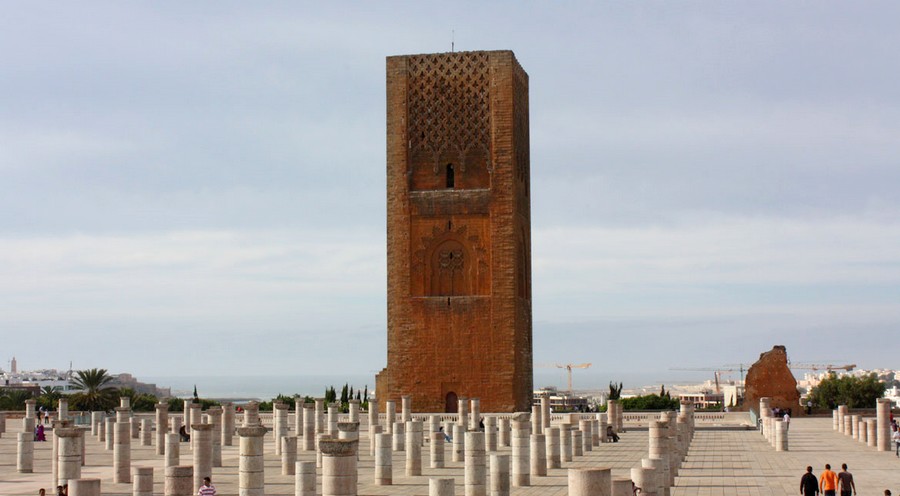
October 2. By the greatest chance, I stayed in Rabat in the hotel which had hosted "Les Ecureuils du Benin" (The Squirrels of Benin Republic), the national football team of my country, during the qualifiers for the juniors’ African Cup of Nations (CAN Juniors), 2005 edition. As I was told at reception on arrival.
Rabat is an obligatory stopover for anyone going to Mauritania. Because, it is only here that visas are issued at the Embassy of the Islamic Republic of Mauritania. I am forced with my companions to spend our weekend there to take our visas only on Monday. As long as you do, the time will indeed be used to visit the main sites of the Moroccan capital. Starting with the palace of King Mohamed VI.
After checking our passports, I ventured to the main entrance to the king's quarters before being stopped by the royal guard. In this immense estate, which is worth an entire district of the city, there are both walls from ancient times and buildings of even more recent modernity. Suffice to say that it is a whole city in the city of Rabat.
The Hassan Tower is the symbol of Rabat. And all Moroccans are proud of it, especially since its founder, the famous Yacoub Al Mansour, third sultan of the Almohad dynasty who reigned from 1184 to 1199, was the one who defeated the Spaniards in the 12th century. The tower which was planned to measure more than 60 meters never reached more than 44 in 1196. Its mosque covers an area of more than 25,000 square meters. In the same enclosure is the Mohamed V mausoleum in which we can see the tombs of Mohamed V, the late King Hassan II (the father of the current King Mohamed VI) and Prince Abdallah.
At the entrance to the Chellah Necropolis, I was greeted by two Black drummers who gave us a show of rhythm and wild dance before the actual visit. I didn't hesitate to drop a few coins in their quest tray. Inside this site, the very flowery garden is an attraction as much as the various cemeteries where the walls which, visibly, date from a very ancient era.
Rabat is a modern African capital. And to circulate there when you are a foreigner, you must have a map of the city. You can however get lost as I have experienced. In the sense that several boulevards, avenues have been renamed. It is therefore necessary to know how to ask for directions from time to time from the inhabitant whose kindness will not fail you.
October 3. We have chosen to celebrate Thérèse's birthday in a different way. Starting with a hike in the souks of the Moroccan capital. From sellers of leather goods to sellers of fish, sellers of clothes, shoes, spices and products of all kinds, you don't need to be on a road to do a real marathon.
She has been talking for a long time about buying Tajines so that she can prepare them for several customers at “Restaurant Kaba” in her Hotel Bourgogne in Natitingou, Benin Republic.
At the end of the afternoon, we made a last stop in the shop of an old man, stocked with Tajines with various decorations. Then, she bought a total of seven who will make the trip with us.
At 7 p.m., for once, we preferred a taxi from the hotel to our 4 X 4 car for reasons of convenience. Birthday requires, we chose a typical Moroccan restaurant, very popular with passing tourists. To the sound of Moroccan music played live by three men and a woman, we honored our taste buds with Tajines and Moroccan wines in the Medina of Rabat.
But if we found the restaurant so easily through the labyrinths of the Medina on the way there, on the way back around 9 p.m., we got lost rather quickly. To the point of having to ask for directions. Less because we had a good party than because at night, you have to be a regular to be able to find your way around. In any case, I would have learned the lesson well.
As soon as I arrived on Moroccan soil, my nationality has always been associated with the national team of my country, “Les Ecureuils du Bénin”. Far from being one of the great African football teams, the fact remains that it has made some significant progress in recent years with its first three participations in the final stages of the African Cup of Nations (CAN) for both seniors and juniors.
Upon arrival in Tangier, as at the hotel where I am staying in Rabat, those who meet me talk about it with the memory of having seen a good selection of football players playing on Moroccan facilities. “You have a good team that came here a few years ago,” the receptionist told me. Indeed, two episodes have built this false reputation of the “Squirrels of Benin Republic”. Firstly: the fact that on January 28, 2005, the "Atlas Lions" eliminated in the semi-finals by Nigeria (3 shots on goal to 5) and the "Squirrels of Benin Republic" by Egypt (2 shots on goal to 4) played the classification match for third place at the 14th CAN. Second: the Moroccan under-20 team, exempted from the first preliminary round of qualifying for the 17th CAN juniors de 20, could not qualify because it was eliminated by Benin Republic.
Looking closely, I realize that Benin Republic is better known in Morocco because of football than anything else. Because, I still came across a policeman who seemed to me delighted to have met the first Beninese in his life. Benin Republic, he knows absolutely nothing about it. And it would be difficult for him to locate my dear and beautiful country on the map of Africa. On the other hand, by going through the map of Morocco as we do at each stage to find a hotel by the sea, I was very surprised to find a cabin in Rabat called Dahomey-Plage (from the old name of Benin Republic during French colonization).
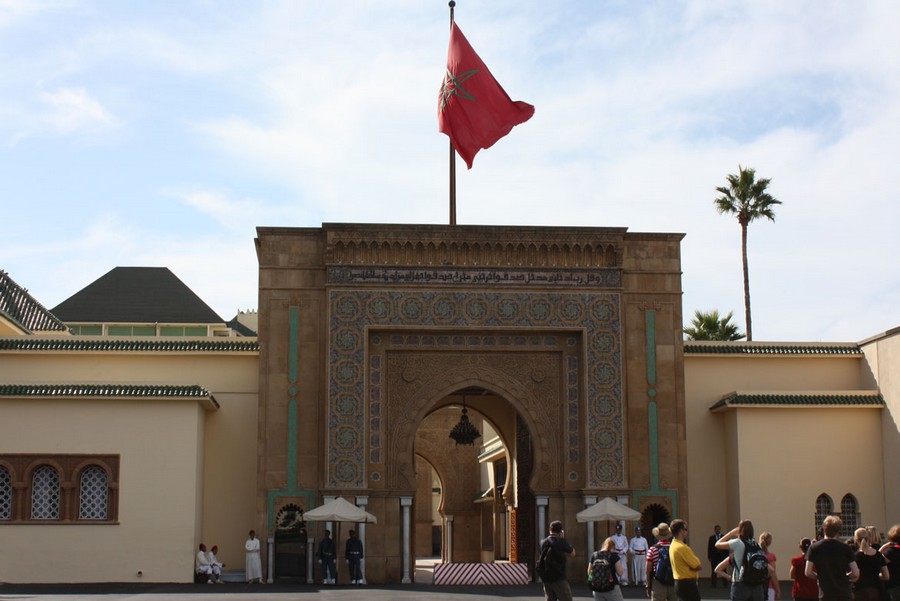
October 4. After waiting in front of the Mauritanian embassy in Rabat, which only lasted a few hours, we now have all our visas for the crossing. Head now to El Jadida by the highway. Unlike many African countries, Morocco has a good road network. Even on national roads, it is pleasant to drive around. Passing through Casablanca, I finally arrive at today's stage. Although it's gray weather, I fall in love with this seemingly friendly little town at the same time, entering it from the coast. And it was only much later that I realized that this ancient Portuguese city has been listed as a UNESCO World Heritage Site since June 30, 2004.
The city has had several names in the past, including Mazagan. It was one of the first settlements in West Africa of Portuguese explorers on their way to India. Built as a colony fortified by the Portuguese at the beginning of the 16th century, it was taken over by the Moroccans under the leadership of Sidi Mohamed ben Abdellah in 1769. In 1912, when the French put it under protectorate, it resumed its name of Mazagan. And it was only after the independence of Morocco that it became El Jadida (La Nouvelle) again. The Portuguese fortifications are now an integral part of the city: the Portuguese cistern, the Portuguese fortress of Mazagan and the Church of the Assumption.
“Here, we have no complex to call our city the Portuguese city. We are proud of it, because it is part of our common history,”
declares an Amazigh inhabitant of the city El Jadida that I discover with its beautiful tree-lined streets, is actively preparing for his horse show. As evidenced by the tents and stands at the stadium as well as its adornments of ubiquitous signs in the streets for the occasion.
October 6. Leaving Tiznit, I still have a zigzag road in the mountains. Before Tarfaya, I see my first dune. From Boujdour to the Moroccan border via Dakhla, it will be like this. Welcome to Western Sahara. Indeed, Western Sahara is a marvelous desert place made of dunes with geometrically varied figures. In Boujdour, as in Dakhla, the presence of the United Nations hardly goes unnoticed. Besides El Jadida, I also visited the beautiful and friendly city of Dakhla. Which is located about thirty kilometers north of the Tropic of Cancer, just like Havana, Canton or Hawaii.
Since the territory of Western Sahara has been fiercely disputed by the Polisario Front (the Sahrawi separatists) supported by Algeria and Morocco, diplomatic relations between the two brotherly and neighboring countries of the Maghreb have not been in good shape. Evidenced by the recent kidnapping of two Moroccan journalists, Mohamed Laghrouss and Yahya Bentaher of the weekly "Assahrae al Ousbouiya" by the Algerian security services and the harsh criticism of the Minister of Foreign Affairs of Morocco, Taib Fassi Fihri against this practice.
“I prefer that Western Sahara stay in Morocco than anything else. Even assuming that we are granted independence instead of autonomy as some wish, I am not so sure that those who claim it can be able to ensure the development of our territory. And then, King Mohamed VI does a lot for us”.
So spoke on condition of anonymity a Sahrawi, when asked what he thinks of the conflict that has opposed the Polisario Front to Morocco for years. The latter claims the total independence of Western Sahara under the name of the Sahrawi Arab Democratic Republic (SADR) which he founded in 1976 with the support of Algeria, while Morocco has never ceased to claim this territory he calls the Moroccan Sahara.
Recently, moreover, he submitted to the Secretary General of the United Nations, his proposal for a settlement of the conflict called: “the Moroccan initiative for the negotiation of a statute of autonomy for the Sahara region”. For the Moroccan authorities, "it realizes the principle of self-determination through a free, democratic and modern expression on the status of autonomy". But the fact remains that the other parties accept the principle and submit to the verdict that will come out of it, if the referendum on self-determination takes place.
From the boat in which I embarked in Barcelona for Morocco until my departure from the country, I was subjected to prolonged checks at all the police stations, unlike my traveling companions. And God knows it's everywhere. It was not so much that the police were messing around with me, but it was more to find out the reason for my trip when I answered that I am a journalist when asked what my profession is.
I was very struck by this attitude which forced me to get out of the vehicle to go to the police station in order to specify the press organ for which I work. And each time, I told them « Le Bénin aujourd’hui » (“Benin today”), adding that it is more or less the equivalent of « Aujourd’hui au Maroc » (“Today in Morocco”).
When the police pushed their curiosity further, I added that I was in tourism and not in reporting. Which, apparently, reassured them and freed me quickly. As the scene was repeated throughout the course, Alexandre Camp who was driving ended up asking me, not without humor, to tell them from now on that I am a grocer by profession, and we will thus save a lot more time. Overall, Moroccan police are very courteous and correct. And I even think that their behavior, and their tourist police should be schooled in other African countries.
October 8. If we spent 2 hours at the border to leave Morocco, we still spent more than 3 hours to enter Mauritania. Under a blazing sun. That’s all the off-putting about this kind of trip.
By Marcus Boni Teiga



